
Maarten Gielen's lectures from Rotor in Prague and Brno
Source
PRAHA/Fórum pro architekturu a média
PRAHA/Fórum pro architekturu a média
Publisher
Tisková zpráva
15.11.2015 11:40
Tisková zpráva
15.11.2015 11:40
Maarten Gielen
Rotor
The lecture by the founder of the Brussels collective of architects and designers Rotor, which engages in the reuse of architectural and design materials from endangered or demolished buildings through research, exhibitions, and artistic installations.
November 16, 2015, at 7:00 PM
PRAGUE/ Forum for Architecture and Media in Brno
Husova 18, Brno
November 18, 2015, at 7:30 PM, room no. 115
AAAD in Prague
nám. Jana Palacha 80, Prague 1
The lecture will be held in English.
Admission is free.
“Architects are completely wasting their abilities by designing buildings.” This recently much-discussed quote from architect and theorist Liam Young, which comments on the state of contemporary architecture and the architectural profession, could easily serve as a creed for the initiative behind the establishment of the Brussels collective ROTOR, composed predominantly of trained architects. They decided to abandon architectural practice and shift their interest to a broader field of activities, considering alternative approaches to architecture, mainly in relation to sustainable development.
Maarten Gielen is one of the founding members of Rotor, along with architects Tristan Boniver and Lionel Devlienger, which has been operating in Brussels since 2005. In their activities, they combine practical, research, and curatorial approaches to create critical stances on the use and reuse of material resources in the construction industry and architecture. For them, architecture is primarily an object of recycling. They approach it at the opposite phase of its process, at the moment when it is slated for transformation or demolition.
The group develops its own economic activity in the company "Rotor Deconstruction," which deals with the dismantling of construction and architectural materials designated for demolition and their resale. The specificity that distinguishes Rotor's practice from regular demolition companies lies in the effort to find new strategies that could affect the lifespan of materials and shift them into other projects. This pertains to both legislative adjustments, establishing collaborations with other potential entities such as real estate agencies, developers, manufacturing companies, designers, or architects, as well as providing educational and advisory services. Recently, the group successfully completed a manual of legislative and practical guidelines for reusing non-standard materials from public buildings. Based on research on the network of Belgium's informal sector of small retailers with used construction materials, Rotor established the online database Opalis, which collects offers and demands. Rotor also creates designs, mainly for interiors, and practically demonstrates how to give already used elements and materials a new context, meaning, and aesthetic value.
Rotor's research activities often culminate in exhibition projects that are entirely under the group's direction - from writing texts and the catalog to designing and implementing installations. One of the first exhibitions titled “Usus/Usures,” which brought the group more widespread attention, took place in the Belgian pavilion at the Venice Biennale of Architecture in 2010. This was followed by a successful retrospective “OMA/Progress” at the Barbican Art Gallery in London in 2012, which revealed the operation of one of the world's most renowned studios. The exhibition “Behind the Green Door,” held as part of the Oslo Architecture Triennale in 2013, set a critical view on approaches labeled as sustainable architecture through 600 selected objects.
Rotor collaborates with a number of organizations dealing with ecology and sustainability in connection with industrial development (e.g., LafargeHolcim Foundation for Sustainable Construction). They have already received several awards for their activities. Among the latest is The Global Awards for Sustainable Architecture 2015, awarded by the LOCUS Foundation and Cite de l'Architecture & du patrimoine. Maarten Gielen, although not an architect himself, was awarded the Rotterdam-Maaskantprijs voor Jonge Architecten 2015 this year for the social significance of his projects within the Rotor collective. Since 2012, he has also been serving as an external professor at the Haute école d'art et de design Genève (HEAD).
More Information >
November 16, 2015, at 7:00 PM
PRAGUE/ Forum for Architecture and Media in Brno
Husova 18, Brno
November 18, 2015, at 7:30 PM, room no. 115
AAAD in Prague
nám. Jana Palacha 80, Prague 1
The lecture will be held in English.
Admission is free.
“Architects are completely wasting their abilities by designing buildings.” This recently much-discussed quote from architect and theorist Liam Young, which comments on the state of contemporary architecture and the architectural profession, could easily serve as a creed for the initiative behind the establishment of the Brussels collective ROTOR, composed predominantly of trained architects. They decided to abandon architectural practice and shift their interest to a broader field of activities, considering alternative approaches to architecture, mainly in relation to sustainable development.
Maarten Gielen is one of the founding members of Rotor, along with architects Tristan Boniver and Lionel Devlienger, which has been operating in Brussels since 2005. In their activities, they combine practical, research, and curatorial approaches to create critical stances on the use and reuse of material resources in the construction industry and architecture. For them, architecture is primarily an object of recycling. They approach it at the opposite phase of its process, at the moment when it is slated for transformation or demolition.
The group develops its own economic activity in the company "Rotor Deconstruction," which deals with the dismantling of construction and architectural materials designated for demolition and their resale. The specificity that distinguishes Rotor's practice from regular demolition companies lies in the effort to find new strategies that could affect the lifespan of materials and shift them into other projects. This pertains to both legislative adjustments, establishing collaborations with other potential entities such as real estate agencies, developers, manufacturing companies, designers, or architects, as well as providing educational and advisory services. Recently, the group successfully completed a manual of legislative and practical guidelines for reusing non-standard materials from public buildings. Based on research on the network of Belgium's informal sector of small retailers with used construction materials, Rotor established the online database Opalis, which collects offers and demands. Rotor also creates designs, mainly for interiors, and practically demonstrates how to give already used elements and materials a new context, meaning, and aesthetic value.
Rotor's research activities often culminate in exhibition projects that are entirely under the group's direction - from writing texts and the catalog to designing and implementing installations. One of the first exhibitions titled “Usus/Usures,” which brought the group more widespread attention, took place in the Belgian pavilion at the Venice Biennale of Architecture in 2010. This was followed by a successful retrospective “OMA/Progress” at the Barbican Art Gallery in London in 2012, which revealed the operation of one of the world's most renowned studios. The exhibition “Behind the Green Door,” held as part of the Oslo Architecture Triennale in 2013, set a critical view on approaches labeled as sustainable architecture through 600 selected objects.
Rotor collaborates with a number of organizations dealing with ecology and sustainability in connection with industrial development (e.g., LafargeHolcim Foundation for Sustainable Construction). They have already received several awards for their activities. Among the latest is The Global Awards for Sustainable Architecture 2015, awarded by the LOCUS Foundation and Cite de l'Architecture & du patrimoine. Maarten Gielen, although not an architect himself, was awarded the Rotterdam-Maaskantprijs voor Jonge Architecten 2015 this year for the social significance of his projects within the Rotor collective. Since 2012, he has also been serving as an external professor at the Haute école d'art et de design Genève (HEAD).
More Information >
The English translation is powered by AI tool. Switch to Czech to view the original text source.
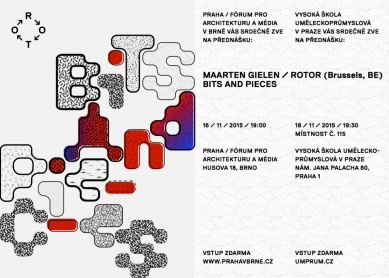
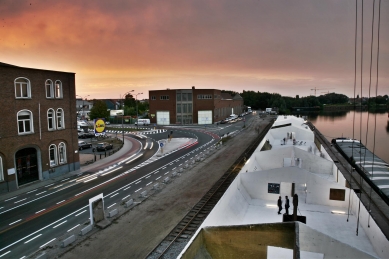
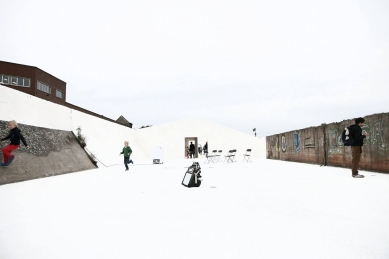
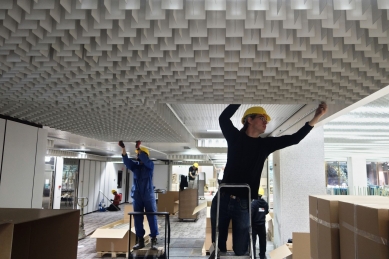
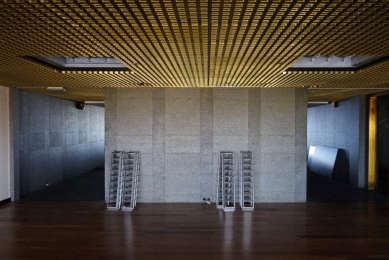
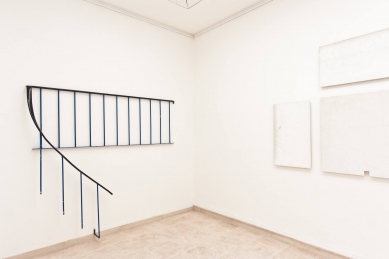
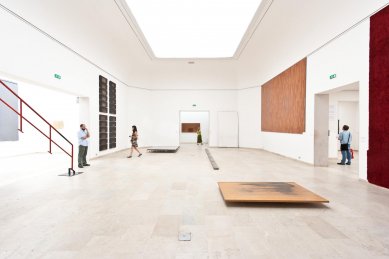
0 comments
add comment















